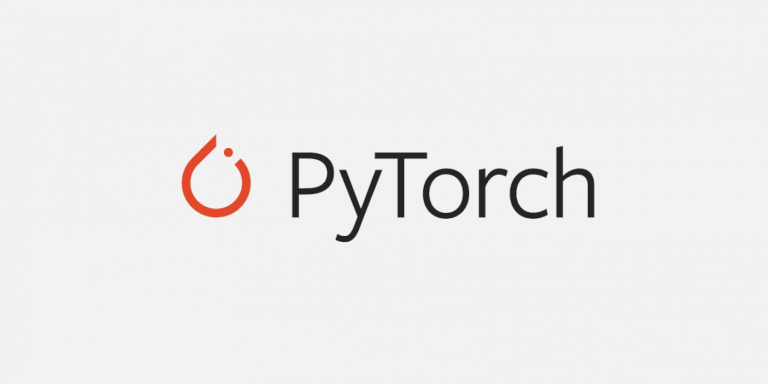
PyTorch is one of the most widely used open source ML frameworks, developed by Meta AI. Soumith Chintala, one of its creators, announced on September 12 that PyTorch has joined the Linux Foundation, whose main mission is the collaborative development of open source software. The PyTorch Foundation‘s board of directors includes representatives from Meta, AMD, Amazon Web Services, Google, Microsoft and NVidia, who have all contributed to the development of PyTorch.
The first version of PyTorch-Distributed was built by Adam Paszke, Sam Gross, Soumith Chintala, and Gregory Chanan, undergraduate friends, as a class project. Development of PyTorch began in 2016 and culminated in the initial release in 2017.
Over the past five years, more than 2,400 contributors have built nearly 154,000 projects using PyTorch as their foundation, and the framework has become one of the leading platforms for AI research, application development related to natural language processing, automated translation, and more.
Today, more than 80% of the researchers who submit their work at major ML conferences, such as NeurIPS or ICML, use the framework. The active community of researchers and developers has built a rich ecosystem of tools and libraries to extend PyTorch and support development in areas ranging from computer vision to reinforcement learning.
The launch of the PyTorch Foundation within the Linux Foundation
According to Soumith Chintala, an AI researcher at Meta who is responsible for maintaining PyTorch, Meta has allowed PyTorch to structure and organize itself into a more organizationally sound entity.
He states on his blog:
“Keeping PyTorch’s organizational health up to date is essential and beneficial to the community. The next step in our organizational progress is to support the interests of multiple stakeholders, so moving to a foundation is a good move. We chose the Linux Foundation because it has extensive organizational experience in hosting large multi-stakeholder open source projects with the right balance of organizational structure and finding specific solutions for those projects.”
For Jim Zemlin, Director of the Linux Foundation, neutrality is essential to the development of projects like Pytorch.
He states in a press release announcing PyTorch’s integration into the Linux Foundation:
“Projects like PyTorch that have the potential to become a fundamental platform for critical technology benefit from a neutral home. Neutrality and true community ownership is what has allowed Linux and Kubernetes to defy expectations by continuing to accelerate and grow faster even as they become more mature. Users, managers, and the community are beginning to see them as part of a commons they can rely on and trust, in perpetuity. By creating a neutral home, the PyTorch Foundation, we are collectively committing to a future of transparency, community governance, and unprecedented scale for all.”
PyTorch and its community will benefit from the Linux Foundation’s supportive programs and communities such as training and certification programs or community research and will have access to its LFX collaboration portal.
The PyTorch Foundation will focus on the commercial and product marketing of PyTorch and the associated ecosystem. Its mission is to drive the adoption of AI and deep learning tools by fostering and maintaining an ecosystem of open source and vendor-independent projects with PyTorch. The transition will not require any changes to the PyTorch code and project base, nor to the technical governance structure which remains under the control of the maintainers.
Translated from PyTorch renforce sa gouvernance avec la création de la PyTorch Foundation, qui sera gérée par la Linux Foundation









